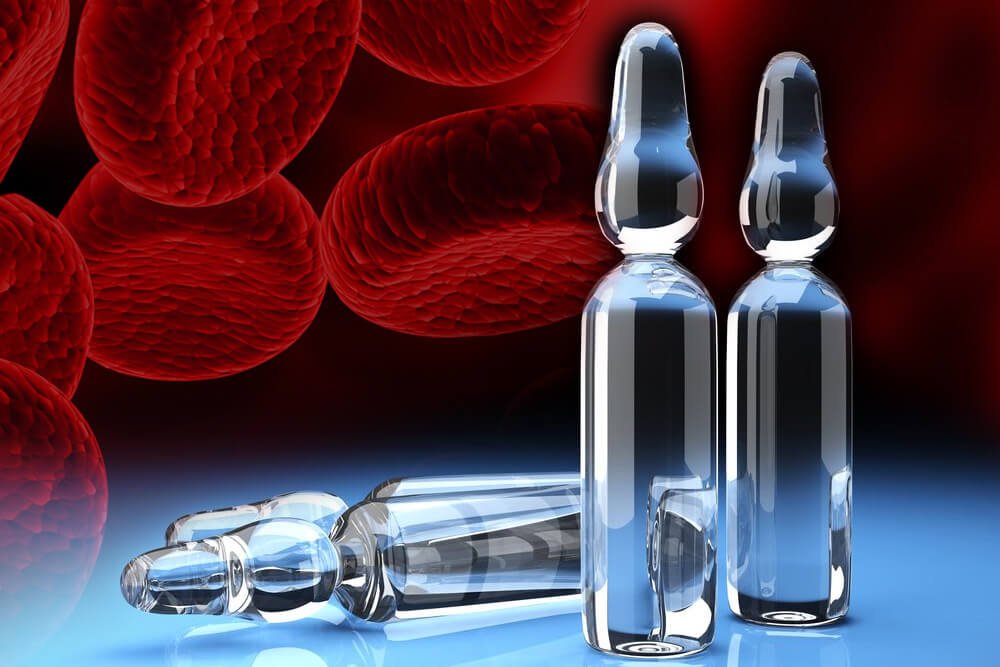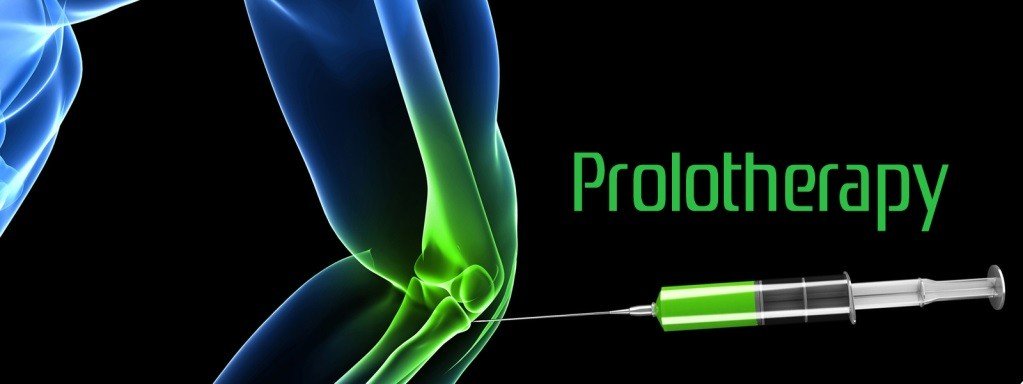What is Platelet Rich Plasma (PRP) Prolotherapy

To put it simply, Platelet Rich Plasma Prolotherapy is an advanced version of the technique of prolotherapy. Think of prolotherapy as a method. And, Platelet Rich Plasma therapy as a treatment process that uses the method to deliver the healing PRP serum. Prolotherapy inflicts a small injury into the affected site to kickstart the tissue repairing process. And,…
To put it simply, Platelet Rich Plasma Prolotherapy is an advanced version of the technique of prolotherapy. Think of prolotherapy as a method. And, Platelet Rich Plasma therapy as a treatment process that uses the method to deliver the healing PRP serum. Prolotherapy inflicts a small injury into the affected site to kickstart the tissue repairing process. And, when the PRP serum is injected into the treatment site, it acts as an additional tool that the body can use. By combining PRP therapy and prolotherapy, doctors can induce the body to heal itself naturally. Here’s everything you need to know about Platelet Rich Plasma Prolotherapy.
The Principle of Prolotherapy was First Developed in 400 BC
Prolotherapy was developed for the very first time in 400 BC by Hippocrates. He inserted a hot poker in the axilla, a muscle in the shoulder of a patient to treat a dislocation. Of course, modern day versions of prolotherapy are much more refined. The modality as we know it today was developed by Dr. Hackett at the end of the 1950s. He initially called it “proliferation” because the method encouraged the repair of damaged tissues. Later, he dubbed the method, “prolotherapy” from the word, “prolo” that means tissue growth. In this way, he laid the foundation of Platelet Rich Plasma prolotherapy.
Prolotherapy Signals the Body that the Tissues Need Healing
To understand Platelet Rich Plasma prolotherapy, one must first understand how the body’s healing processes work. When you have an injury or strain your muscles and tissues, the body responds by flooding the area with healing chemicals. These compounds include platelets, growth factors, cytokines, and other elements that create a framework for the tissues to regenerate and rebuild. However, the new tissue is not perfect like the tissues you were born with. It is tougher and less elastic. That’s why you experience some amount of stiffness in the area.
And, that’s not all. The new tissue or scar tissue receives a limited amount of blood supply. As a result, the body’s healing processes gradually stop when it no longer recognizes the need for repair. If the tissue repair is incomplete, you’ll continue to experience pain and difficulty in movement. The prolotherapy treatment works to send a signal to the body that the area needs to heal so that it restarts repairing the tissues.

Prolotherapy Induces Healing by Irritating the Tissues
Prolotherapy works by irritating the injured area with a new micro-injury. In addition to piercing the treatment area with a needle, doctors may inject a small amount of some natural substance. Like, for example, dextrose, a simple sugar, glycerine, or derivatives of cod liver oil. These compounds also act as an irritant to set off the healing process anew. Prolotherapy is especially useful in the case of chronic injuries like when athletes train and incur tissue damage in the same areas again and again. You can also use prolotherapy to repair degenerated tissues like in elderly people or for severe tendonitis. Doctors may recommend prolotherapy to help you heal any kind of musculoskeletal issues that the body does not recognize as damaged.
PRP Serum Quickens Healing with Growth Factors
Platelet Rich Plasma prolotherapy simply takes prolotherapy a step further. Instead of injecting a natural compound to kickstart the healing process, doctors formulate a serum from your blood. They take a sample and use a centrifugal device to spin it at high speeds. The spinning motion causes the blood to release the red blood cells that settle at the bottom. The upper layers contain a concentration of platelets, plasma, and other healing compounds. This is the PRP serum that doctors inject back into the treatment site. The added boost received by the high levels of healing compounds helps the tissues to repair quickly.
How Platelet Rich Plasma Prolotherapy is an Improvement on Prolotherapy
While the principles behind both therapies are similar, PRP Prolotherapy is much more advanced as compared to Prolotherapy. Here’s how:
- Prolotherapy uses simple compounds like dextrose, glycerin, saline, or cod liver oil extracts. Platelet Rich Plasma prolotherapy uses extracts from your blood including growth factors and stem cells to set off the healing process.
- Prolotherapy injections use foreign compounds whereas PRP injections use your own tissues.
- You might need four to six prolotherapy injections. PRP therapy begins work after the first injection and may only need 2 to 4 follow-up sessions.
- Platelet Rich Plasma prolotherapy is likely to be far more effective since it uses your own tissues. You also eliminate any remote possibility of infections or an allergic reaction from the treatment. With prolotherapy, some amount of risk of infections and allergies is always present.
- The PRP serum has the capability to develop new blood vessels in scar tissue. In this way, it ensures that the treatment area receives a fresh supply of oxygen and nutrients and healing is boosted. Prolotherapy does not offer any such benefits.
Is Prolotherapy Covered by Insurance
Insurance companies consider prolotherapy and Platelet Rich Plasma prolotherapy to be experimental procedures. Thus, they don’t offer you reimbursement for getting the treatment. While your doctor will advise you on the costs for getting therapy, know that you can expect to pay around $295 per session of prolotherapy. Platelet Rich Plasma therapy costs typically range from $600 to $1100. However, you can discuss the issue with your insurance providers and convince them of the benefits. So, they may be open to covering some part of the treatment.
Prolotherapy or PRP Prolotherapy – Your Better Option?
Platelet Rich Plasma prolotherapy is a much more effective treatment that can help you with several musculoskeletal issues. The biggest edge it has over conventional prolotherapy is that it contains a concentration of mesenchymal stem cells, growth factors, and other healing elements that can give your body that much-needed boost to restart the healing of both soft and hard tissues. Contact your doctor to understand what is PRP and the positives it has for you.
Platelet Rich Plasma Prolotherapy